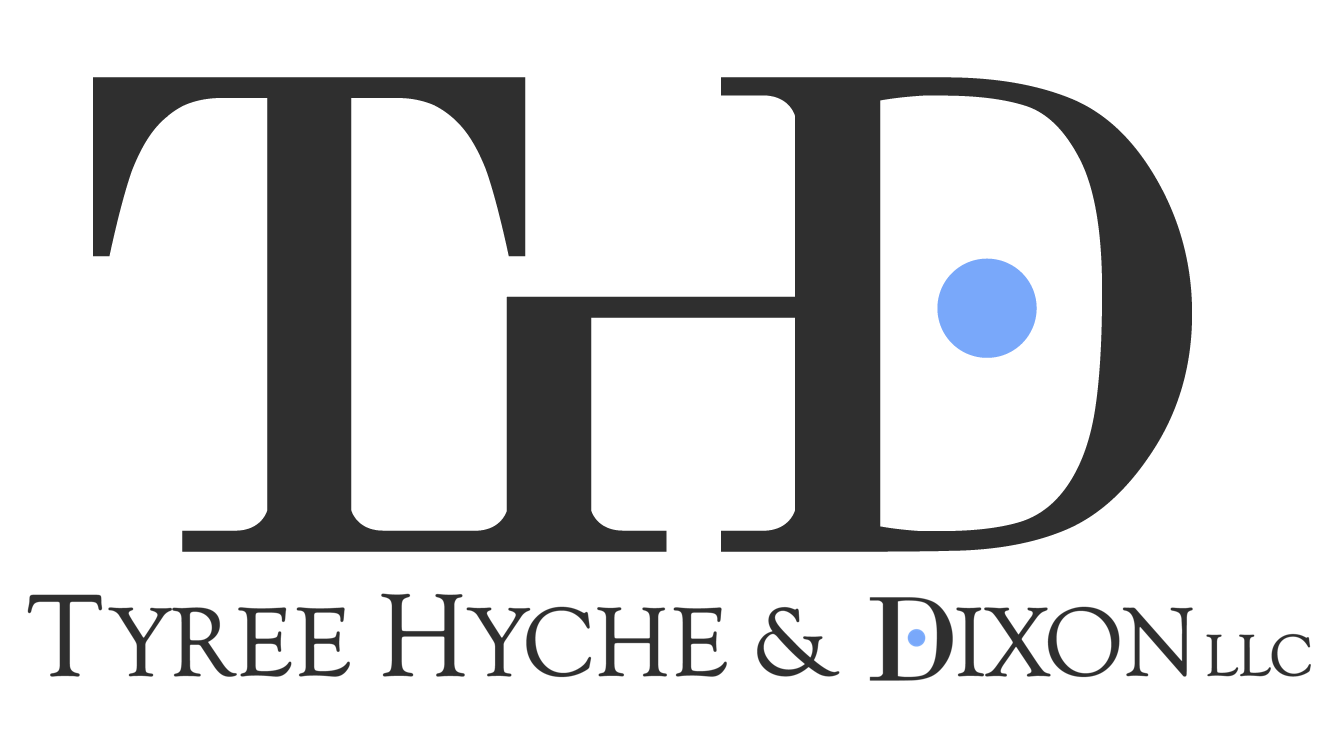Protecting Your ART vs. Protecting Your BRAND
I often talk to artists and others in the music space about the importance of protecting their intellectual property and one of things that I find is that there is often confusion surrounding what a copyright protects vs. what a trademark protects. Thus, the purpose of this blog is to explain the basics of what a copyright and trademark protect.
Protecting your ART
Copyright applies to any original work of authorship that is fixed in a tangible medium of expression. The term of a copyright lasts for the life of the author plus 70 years. As a copyright holder, one possesses the exclusive right to reproduce, distribute, perform, publicly display, and prepare derivative works. Let’s address the three requirements that trigger copyright protection:
Originality : As stated earlier, a work must be original in order to qualify for copyright protection. To be original, the work must be “independently created by the author and possess at least some minimal degree of creativity.”
Work of Authorship: The copyright statute [17 U.S.C. § 102 (a)] provides that works of authorship include the following categories: literary works; musical works; dramatic works; pantomimes and choreographic works; pictorial, graphic, and sculptural works; motion pictures and other audiovisual works; sound recordings; and architectural works. What doesn’t a copyright protect? Copyright does not protect ideas or other non-expressive elements of a work, such as procedure, process, system, etc.
Fixation: The fixation requirement as set forth in the statute is broad in that it states that a work is fixed in a tangible medium of expression if it is sufficiently permanent or stable to permit it to be perceived, reproduced, or otherwise communicated for a period of more than transitory duration.
It is important to note that a copyright is easy to obtain. As my professor used to say, you have a copyright the minute that the pen lifts off the paper. One would then ask, “Why should I register with the U.S. Copyright Office?” Despite the fact that you have a copyright as soon as “the pen lifts off the paper,” an action for infringement cannot be brought until the copyright owner registers the copyright. Likewise, registration is also a prerequisite for certain remedies for infringement.
Protecting your BRAND
A trademark is a symbol that a person or business uses in commerce to indicate the source of their goods or services and to distinguish them from others that sell similar goods or provide similar services. What is protected? Names, symbols, logos, company names, product names, slogans or phrases of quality, design of a package, etc. A trademark protects the brand that you create.
Trademark rights begin when the owner uses the mark, and continues through the duration of this use. Similar to copyright, trademark rights exist without registration. Nonetheless, like with copyright, registering your trademark has a significant number of advantages.
In short, protecting both your ART and your BRAND is very important! Copyright law protects your ART (works of authorship, such as writings, music, and works of art). Trademark law protects your BRAND (word, phrase, symbol, design associated with your good or service).
